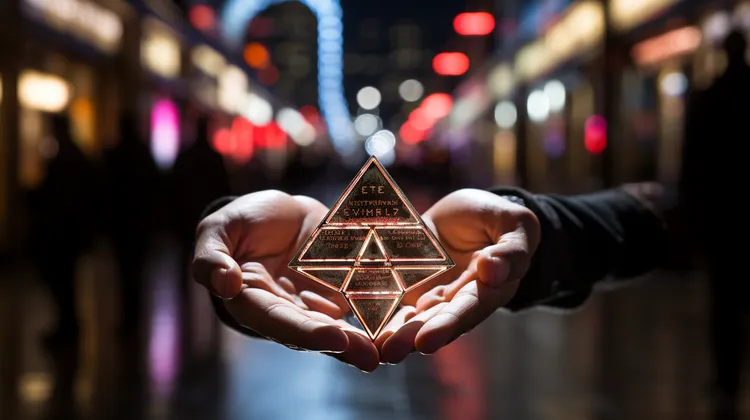The clash of the titans: Google’s BART and OpenAI’s ChatGPT
In the arena of natural language processing, the battle for the best language model has reached new heights with the introduction of Google’s BART (Bidirectional and AutoRegressive Transformers) and OpenAI’s ChatGPT (Chat Generative Pre-trained Transformers). These innovative models have sparked a clash of the titans, as both tech giants strive to outdo each other in the pursuit of creating the most intelligent and human-like conversational AI.
Google’s BART, unveiled in 2019, is a state-of-the-art language model that explores the concept of bidirectional and autoregressive training in a Transformer-based architecture. BART represents a significant improvement over previous models, as it is trained on vast amounts of unlabeled text data. This ability to generate coherent and contextually rich responses makes BART a formidable contender in the realm of conversational AI.
On the other hand, OpenAI’s ChatGPT, released in 2020, builds upon their previous model, GPT-3, and focuses specifically on developing engaging and interactive conversational abilities. Powered by advanced language modeling techniques, including unsupervised learning and reinforcement learning, ChatGPT exhibits impressive contextual understanding and adaptability, making it a worthy adversary to Google’s BART.
While both models excel in natural language processing, there are key differences that set them apart. BART’s bidirectional training allows it to understand and generate contextual responses more effectively. Additionally, its autoregressive nature enables it to predict future responses based on the previous ones. This gives BART an advantage in creating human-like conversations that flow naturally and maintain coherence.
ChatGPT, on the other hand, focuses on interactive conversations with users, offering a more engaging and dynamic experience. OpenAI’s model is known for its charming personality and ability to generate creative and entertaining responses. However, ChatGPT’s limitation lies in its occasional lack of context recognition, resulting in less coherent and sometimes unrelated answers, and it may require more user guidance to provide accurate responses.
The clash between these two models has garnered significant attention in the AI community. Researchers, scholars, and developers are keenly observing the advancements made by both Google and OpenAI, hoping to capitalize on their innovations for various applications such as customer service, virtual assistants, and even creative writing.
Furthermore, these models have amplified the discussion around ethical concerns in AI development. The dynamic nature of ChatGPT raises questions about misinformation and the potential for harmful content generation. OpenAI has rightly pursued a responsible approach by implementing safety measures and actively seeking public input, intending to address these concerns and mitigate potential risks.
Google, on the other hand, stands as a leader in incorporating privacy measures into its AI models. By deploying differential privacy techniques and maintaining strict data protection, Google fosters trust and ensures user data remains confidential. The clash between BART and ChatGPT serves as an opportunity for both companies to steer AI development in an ethical direction, ensuring that the power of these models is harnessed responsibly and for the benefit of humanity.
As the competition intensifies, both Google and OpenAI continuously push the boundaries of what is possible in natural language processing. The advances made by BART and ChatGPT are impressive, but there is still much room for improvement. Challenges such as addressing biases, improving context awareness, and enhancing the overall conversational experience remain at the forefront.
The clash of the titans between Google’s BART and OpenAI’s ChatGPT goes beyond the realm of competition. It represents a journey towards creating more intelligent conversational agents that can seamlessly interact with humans. As these models evolve and address their limitations, they bring us closer to a future where AI is an indistinguishable companion capable of understanding and engaging with us in ways never thought possible.




ChatGPT’s lack of context recognition is a major drawback. How can it be considered intelligent if it can’t understand the conversation?
The battle between BART and ChatGPT only benefits the tech giants, not the users. We deserve better AI models.
The clash between BART and ChatGPT is an exciting journey towards creating more intelligent conversational agents. The future of AI looks promising!
BART’s bidirectional training gives it a significant edge in understanding context and generating coherent responses. Impressive!
Ethical concerns with ChatGPT are a red flag. How can we trust a model that potentially generates harmful content?
Both BART and ChatGPT still have a long way to go. They’re nowhere near as intelligent as they claim to be.
OpenAI needs to work on improving ChatGPT’s coherence. It’s frustrating to get unrelated and nonsensical answers.
BART and ChatGPT are just fancy language models. They’re not as revolutionary as they’re made out to be.